Topics
Monitoring - BTO’s bread and butter
Monitoring has been a cornerstone of BTO since its inception, providing robust long-term evidence for changes in bird populations and instigating further research and conservation action by BTO and the wider conservation community. This has been achieved through the strong partnership between BTO staff and its extensive volunteer network, as well as innovation in survey design and building of web-based applications. Diversifying surveys and broadening the supporter base are key aims for the future.

Monitoring provides the evidence
Bird monitoring at BTO started in 1928 with the world’s longest survey – the Heronries Census - and has underpinned BTO’s activities for more than 50 years. Most importantly, surveys designed by scientists and undertaken largely by BTO’s large volunteer network were responsible for first revealing the severity of population and range declines in many British birds, as well as some increases. Ongoing monitoring programmes allow us to annually update trends in numbers of breeding and wintering birds, with the Nest Record Scheme and the Ringing Scheme providing essential complementary information on breeding success, survival, movements and phenology, which can be used to help identify the critical stage of the life cycle influencing change. These results are the basis for a wide range of local, national and international reporting on the status of bird populations, both to address existing conservation commitments and as a proxy for wider biodiversity.
Surveys designed by BTO scientists and undertaken largely by BTO’s large volunteer network were responsible for first revealing the severity of population and range declines in many British birds.
Increased understanding of drivers of change
Secondly, the long-term outputs from these schemes have for decades provided the basis for a wide range of research by BTO and other stakeholders on the causes of bird declines and the impact of drivers such as climate change, agricultural practices, woodland or coastal management or urban development. Together, schemes such as the Breeding Bird Survey (BBS), the Wetland Bird Survey (WeBS) and the periodic Britain and Ireland Bird Atlases comprise one of the largest national biodiversity data sets in the world, covering all bird species and all areas of the UK over a 50 year period. A wide range of other surveys covering special habitats (e.g. the Waterways Breeding Bird Survey) or species (e.g. Tawny Owl, Peregrine) provide the data needed to assess their condition or status.

Partnership between staff and volunteers
The key factor in the success of these schemes has been the unique partnership between the professional staff at BTO and its extensive volunteer network. The term citizen scientist may have been coined recently but it perfectly describes the expertise of BTO scientists (many of whom also volunteer) as well as the volunteers undertaking the surveys (many expert naturalists and scientists in their own right). Over time some aspects of survey coordination have changed, one of the major innovations being the development of web-based applications used to promote and provide information about the survey, to allow participants to enter and manage data, and to disseminate and interpret the results. Other aspects have stood the test of time and most surveys still rely heavily on the volunteer network and its volunteer regional coordinators to recruit participants, provide advice on survey design and to help validate data.
Challenges to maintaining the programme
Challenges to continuing this programme of surveys and to maintain the ever-growing value of the resultant database include reductions in some traditional funding sources, the need to design surveys to meet objectives from a wider range of stakeholders, maintaining the high level of volunteer participation, and finding means of filling species, habitat or geographical gaps in coverage. Surveys to address particular issues of mainly applied conservation interest continue to be funded on a bespoke basis, often restricted to particular geographical areas, and these currently comprise the majority of surveys beyond those with long-term support such as BBS and WeBS. BTO has therefore sought to widen its funder base by engaging with other organisations and stakeholders and by adapting existing and designing new surveys to deliver a wider range of outputs and to fill the most critical current monitoring gaps. Some BTO schemes already include collection on species groups other than birds and there is considerable scope to diversify species coverage and the type of information collected. BTO is also aiming to increase its volunteer base by engaging new and potentially less-experienced volunteers in a suite of different surveys for which they have the motivation, expertise or where learning is an integral part of the survey experience.
In order to address these issues, BTO aims to develop an annual portfolio of bird surveys (some ongoing, others undertaken only once or periodically) that encompass a range of participant expertise requirements, level of effort, geographical areas and species. This requires resources to design and build survey applications in a way that provides results valuable to the understanding of the ecology and conservation of birds as well as providing an engaging positive experience for the participant. We hope that BTO supporters will be able to contribute to these objectives by continuing to take on surveys of interest to them, and by promoting and engaging with relevant fundraising activities.

Avian Influenza Appeal: protecting vulnerable winter birds
A deadly outbreak of avian influenza has spread through the UK's birds. Monitoring the impacts of this outbreak will be key to helping devastated populations recover.
Related Publications
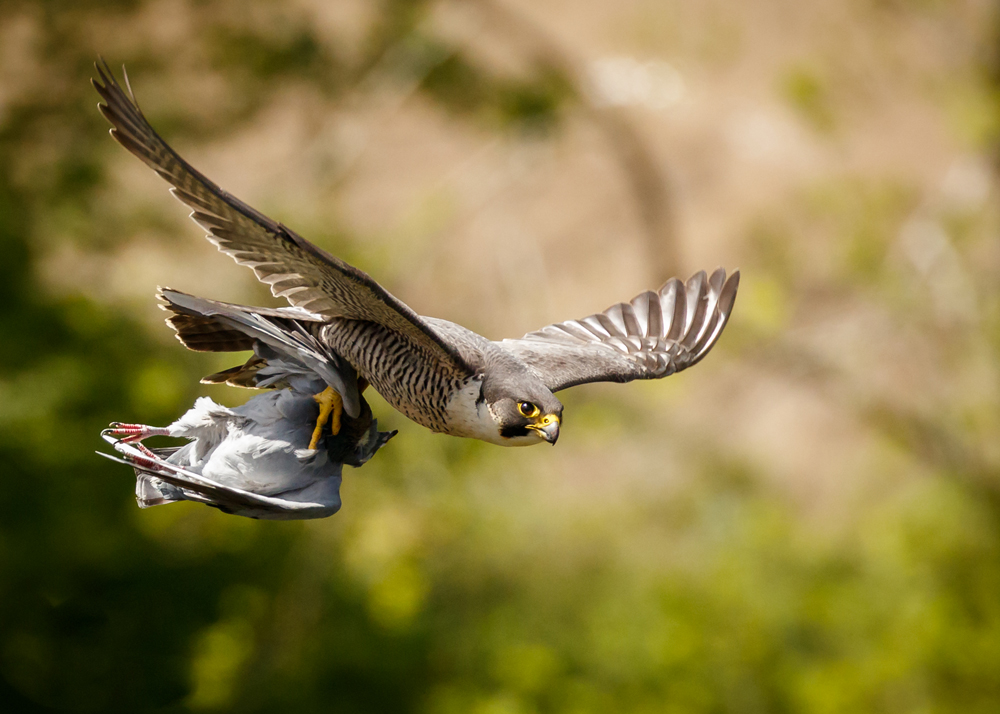
The breeding population of Peregrine Falcon Falco peregrinus in the United Kingdom, Isle of Man and Channel Islands in 2014
Breeding Peregrines on the up thanks to growth of lowland populations
Bird Study
The return of breeding Peregrines to former haunts, and the colonisation of urban sites such as industrial buildings and cathedrals, has not gone unnoticed by birdwatchers. It is only now, however, with the publication of the results from the latest national Peregrine survey, that we can put figures on the changing fortunes of this stunning bird of prey.
More Details
An assessment of the state of nature in the United Kingdom: A review of findings, methods and impact
Ecological Indicators
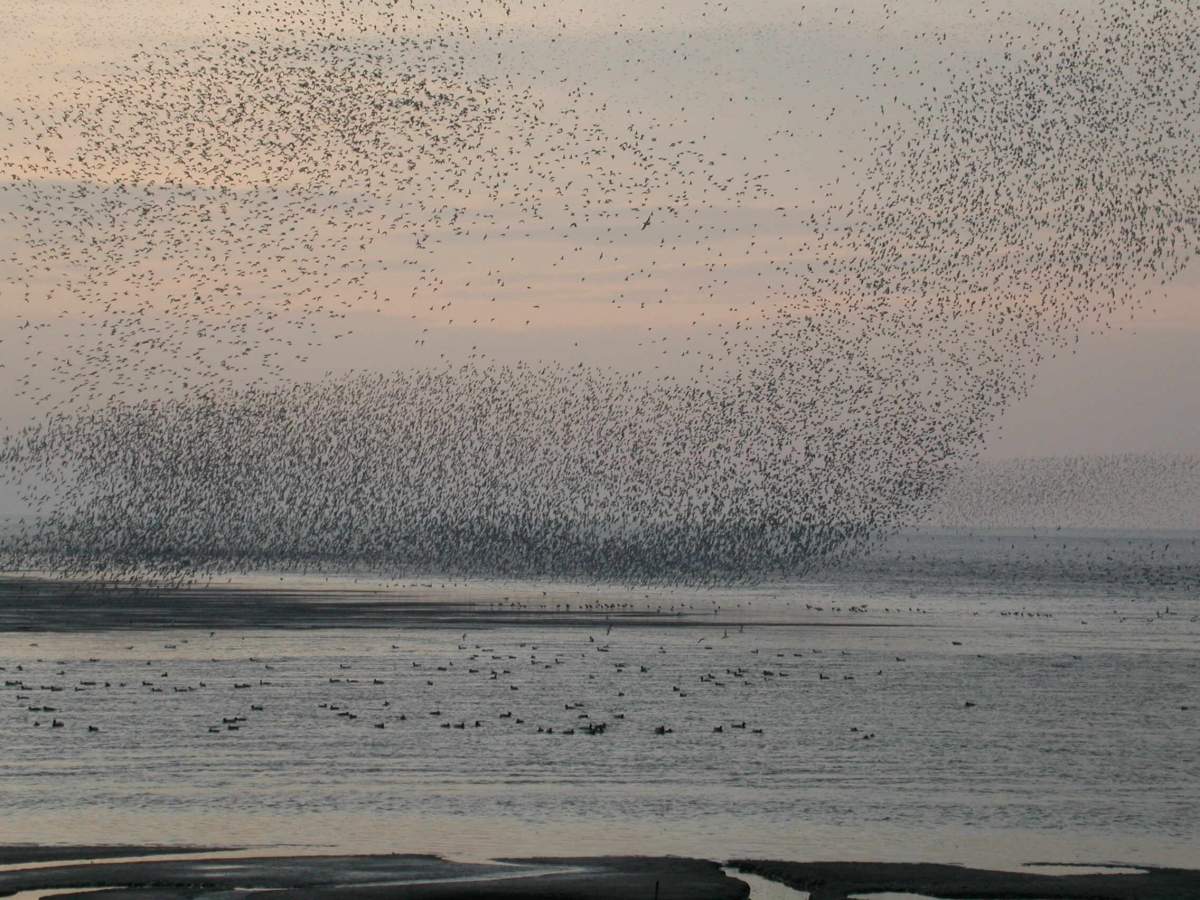
Population estimates of wintering waterbirds in Great Britain
Waders wane while geese gain
British Birds
A major new study led by BTO, working with the Wetland Bird Survey (WeBS) partners, JNCC, RSPB and in association with WWT, provides detailed information on the importance of Great Britain for waterbirds each winter.
More Details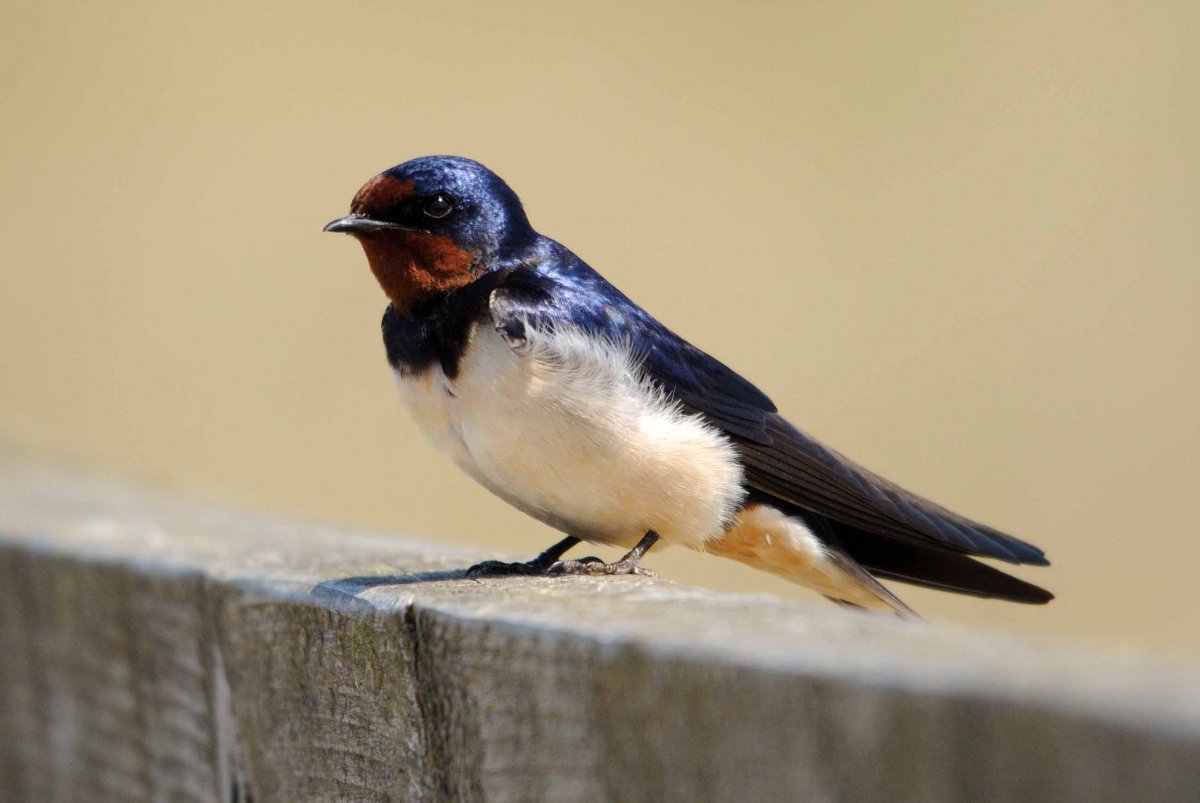
Long-term changes in the migration phenology of UK breeding birds detected by large-scale citizen science recording schemes
Summer migrants stay for longer as the UK climate warms
Ibis
New BTO research has used volunteer data from long-running citizen science schemes to show how the timing of bird migration to and from the UK has changed since the 1960s.
More Details
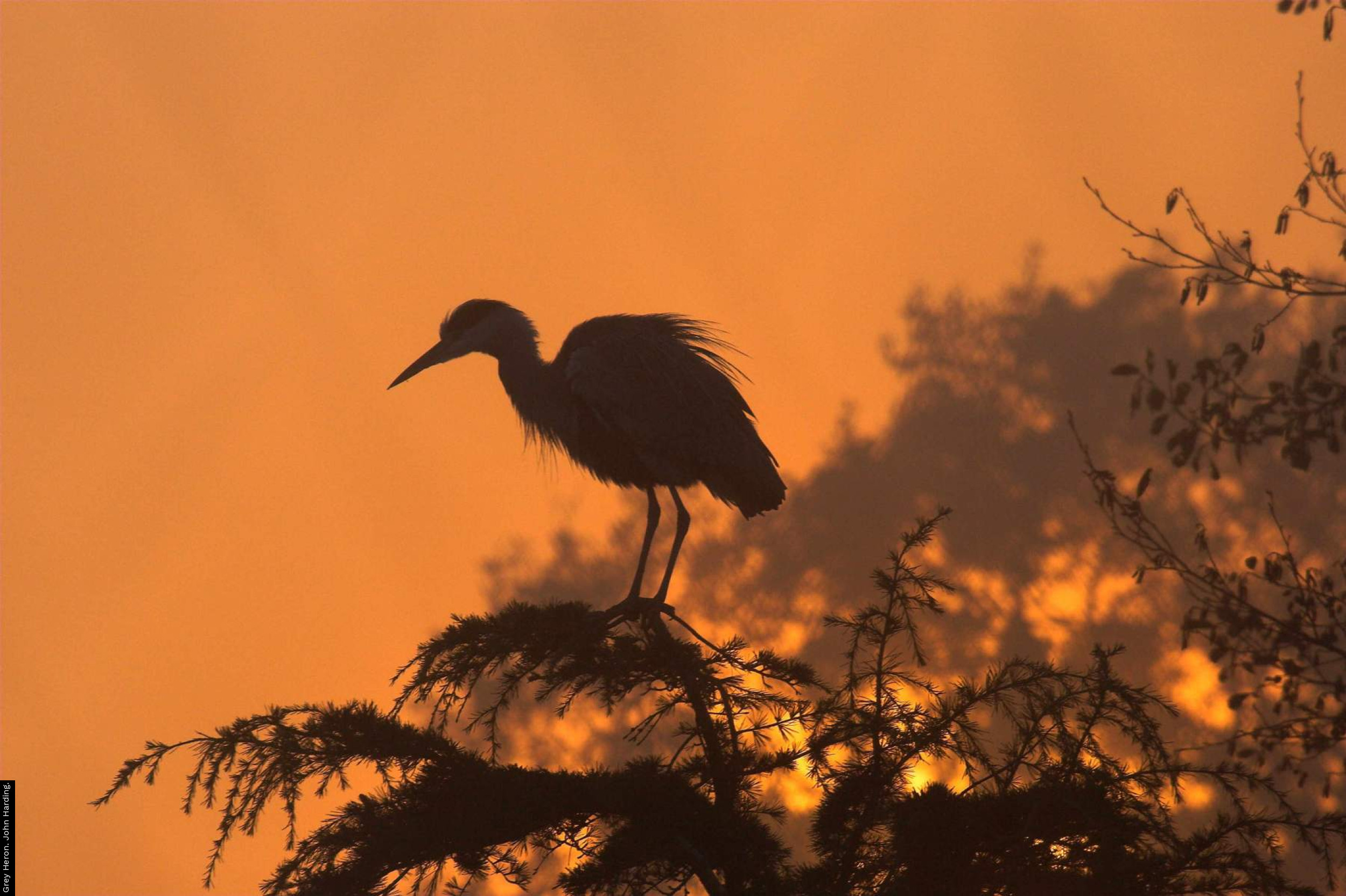
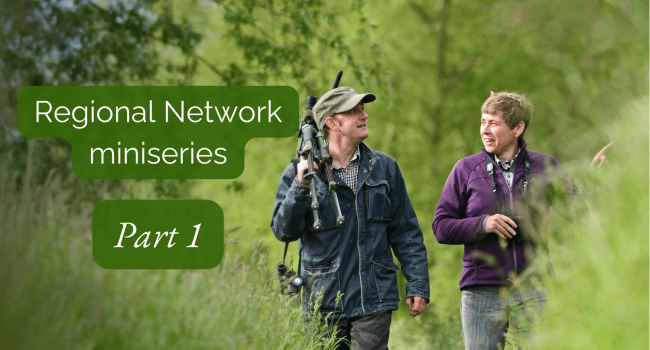
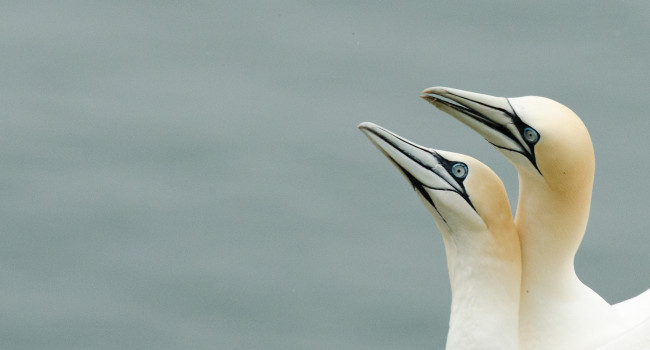
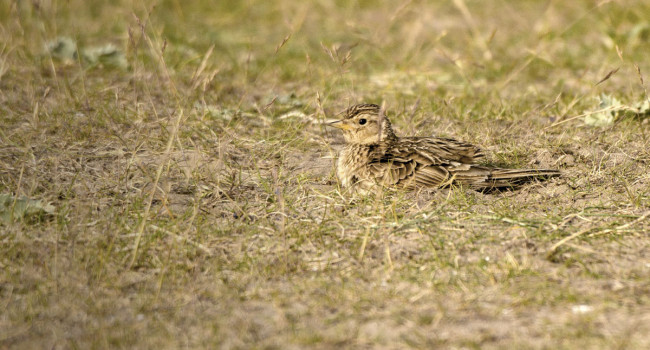

Share this page